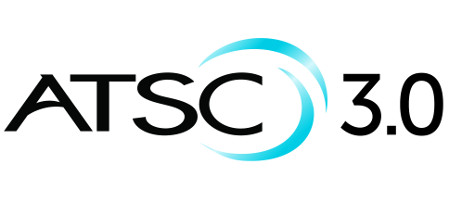Small Cable Ops Have ATSC 3.0 Questions

WASHINGTON—Small cable operators want to know how they would fit into the proposed voluntary ATSC 3.0 adoption scheme. The American Cable Association filed comments on the Federal Communications Commission’s recent proposal to allow broadcasters to voluntarily deploy ATSC 3.0, also referred to as the “next-generation” form of signal transition.
“Capacity-constrained MVPDs will face unique burdens associated with the transition, particularly if forced to carry higher resolution ATSC 3.0 signal,” the ACA said.
The FCC published its related Notice of Proposed Rulemaking on Feb. 2, acting on a petition by broadcast and consumer equipment lobbies to authorize voluntary adoption of ATSC 3.0, a multifaceted suite of technology standards that will propel broadcast TV into the Internet Age. The NPRM seeks feedback on how to incorporate ATSC 3.0into the post-auction channel repack on track to commence this spring. The NPRM also seeks comment on which elements of the standard to authorize, as well as how to handle simulcasting, interference, public interest obligations, must-carry and retransmission consent.
The ACA suggested adding a few questions about the impact on its members—smaller and rural multichannel video programming distributors, or MVPDs, e.g.:
“ We seek comment on whether small, rural, and capacity-constrained MVPDs would face unique circumstances with regard to the voluntary provision of ATSC 3.0 that we should consider in this proceeding.... Hundreds of small MVPDs will be renegotiating thousands of separate retransmission consent agreements by the end of this year. Should the commission address circumstances where a broadcaster conditions carriage of a 1.0 signal on carriage of a 3.0 signal while the NPRM is pending?
The ACA further suggests the commission should seek comment on how its members are supposed to receive ATSC 3.0 since the technology for them to do so is not yet available, and who will pay for the necessary upgrade. “Will these MVPDs also face particular difficulty in assuming the costs to deliver ATSC 3.0 signals to their customers, such as costs associated with new receivers and other headend equipment,” the filing said.
The NPRM is on the commission’s Feb. 23 agenda for vote but has not yet been published in the Federal Registers, which in turn will trigger a 60-day comment cycle and a subsequent 30-day reply cycle.
Also see…
Feb. 2, 2017
“FCC@3.0: OET-69, Public Interest, Yes; Tuner Edict, No”
A February vote would roughly coincide with the end of the TV spectrum incentive auction, which starts the 39-month deadline clock for stations moving to new channel assignments. The NPRM seeks feedback on how to incorporate ATSC 3.0 into this post-auction channel repack.
Feb. 2, 2017
“FCC Proposes ATSC 3.0 Deployment”
A plan for voluntary adoption the “next-generation” television broadcasting transmission standard known as ATSC 3.0 has been proposed at the FCC, which represents a seminal event in the development of the standard.
For more TV Technology coverage, check our ATSC 3.0 silo.
The professional video industry's #1 source for news, trends and product and tech information. Sign up below.
